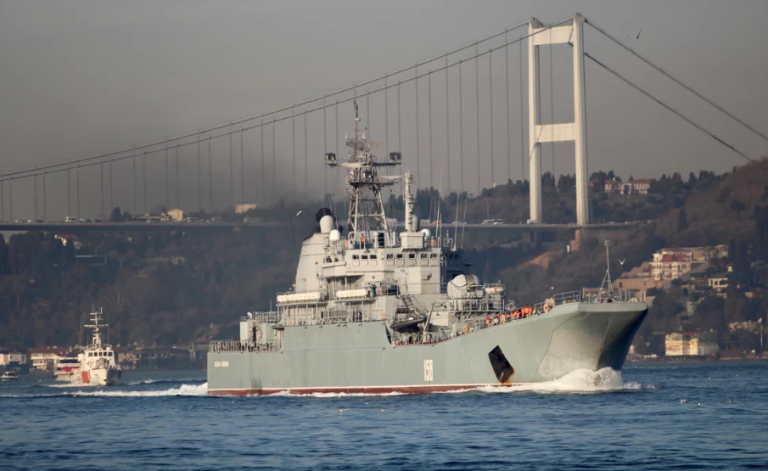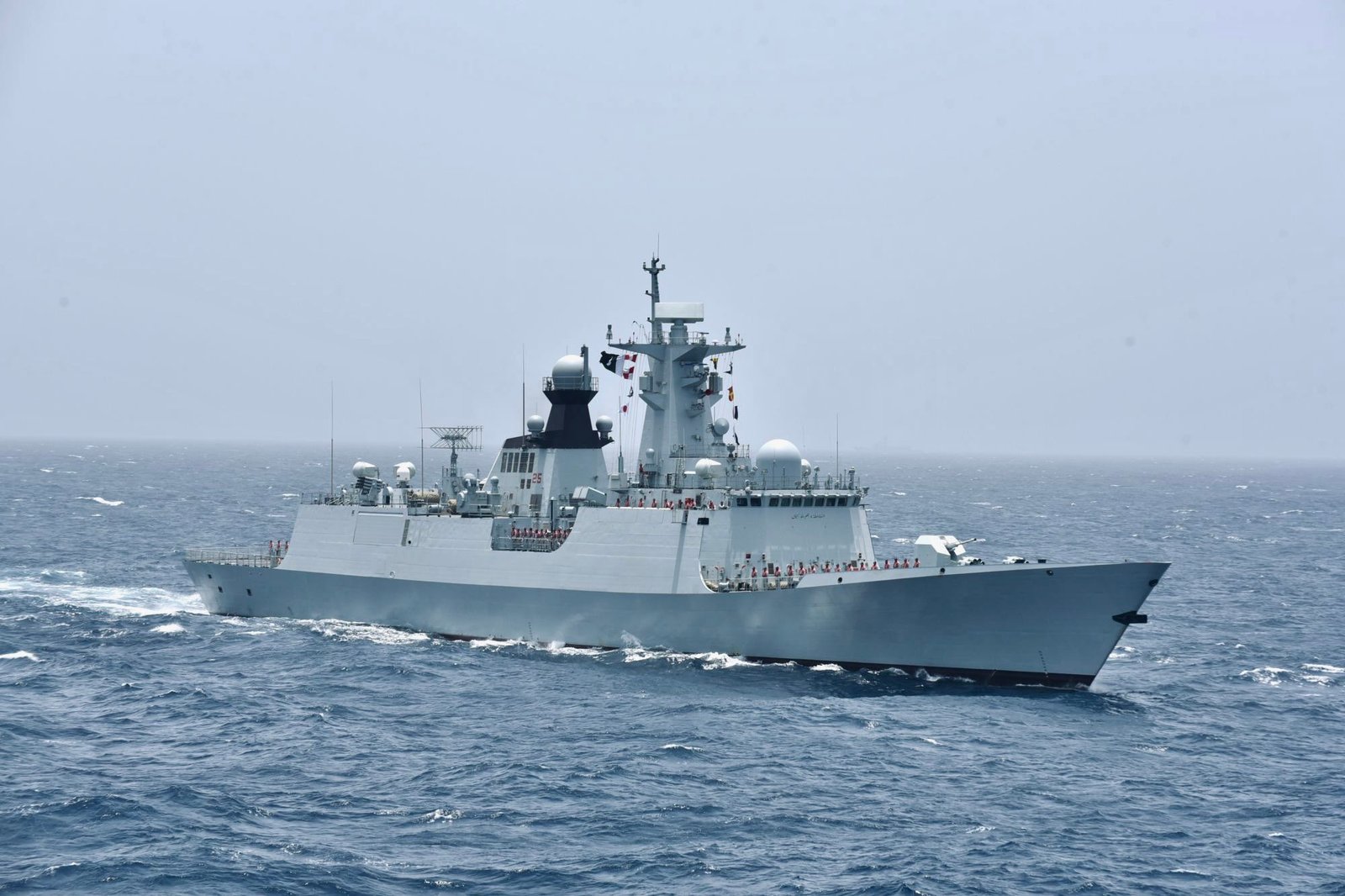How Ukraine seized the upper hand against Russia in the battle for the Black Sea
Ukrainians have had little to celebrate as the second anniversary of the Russian invasion looms, but continuing successes in the Black Sea are one surprising bright spot.
How Ukraine seized the upper hand against Russia in the battle for the Black Sea
Ukrainians have had little to celebrate as the second anniversary of the Russian invasion looms, but continuing successes in the Black Sea are one surprising bright spot.
On Wednesday, Ukraine’s Defense Intelligence announced it had attacked and destroyed a large landing ship of Russia’s Black Sea fleet – the Caesar Kunikov – with maritime drones off the coast of Crimea. There has been no official comment from Russia about Ukraine’s claim.
Ukraine has virtually no navy of its own, but technological innovation, audacity and Russian incompetence have given it the upper hand in much of the Black Sea. It has now destroyed or disabled more than 20 Russian naval ships in the region, a third of Russia’s total Black Sea fleet.
That in turn has secured a maritime corridor that allows Ukraine to export much of its grain and other produce from ports such as Odesa – an economic boon at a time when the economy has been battered by the conflict.
Amid a bleak winter on the frontlines in the eastern regions of Donetsk and Kharkiv, President Volodymyr Zelensky was at least able to say in an interview this month: “Russia lost many ships, and in the Black Sea we managed to build a grain corridor, so this pragmatic part of the operation with effects on the economy was conducted in a positive way.”
Before the Russian invasion, Ukrainian agriculture accounted for about 11% of the country’s GDP. Agriculture was also a critical source of export revenue (some 40% of the total), which both sustained Ukraine’s farms and influenced global grain prices. Almost all the produce was shipped through the Black Sea.
In July last year, Russia quit the UN-brokered Black Sea Initiative, which had allowed Ukraine safe passage to ship 31.5 million tons of grain and other food products from its ports to world markets. The deal had lasted just under a year.
Rather than fold, the Ukrainians declared a unilateral “Black Sea Humanitarian Corridor” for merchant shipping and stepped up its use of maritime drones and missile attacks against Russia’s Black Sea fleet. The corridor hugs the Ukrainian coast before reaching the waters of two NATO states, Romania and Bulgaria.
The result: Ukraine has shifted 22.6 million tons of cargo through the corridor in just seven months, according to both Ukrainian and US officials. More than 700 ships have used the passage to the Bosphorus and beyond to world markets.
In January alone, according to the Economy Ministry, $1.9 billion worth of Ukrainian exports were shipped by sea (out of a total of $3.4 billion.) That is less than pre-war volumes but is growing every month. Some ships have offset the risk by taking up insurance through a scheme called UNITY, created by the Ukrainian government together with a pool of insurance companies.
When the Black Sea Initiative collapsed, Russia launched drone and missile attacks against port and storage infrastructure and threatened to (but did not) sink vessels carrying cargo to and from Ukraine.
But the Ukrainian military has taken the battle to Russia. One-third of the Black Sea fleet has been disabled or destroyed, and the remaining ships rarely venture into the western half of the sea. In August, Russia withdrew some of the Black Sea fleet from its headquarters in Sevastopol to relatively safer ports on the Russian coast. It has also used nets and sunken barges to try to defend against maritime drones.
Zelensky said during his December visit to Washington that “Russia is hiding the remnants of its naval fleet in remote bays.”










